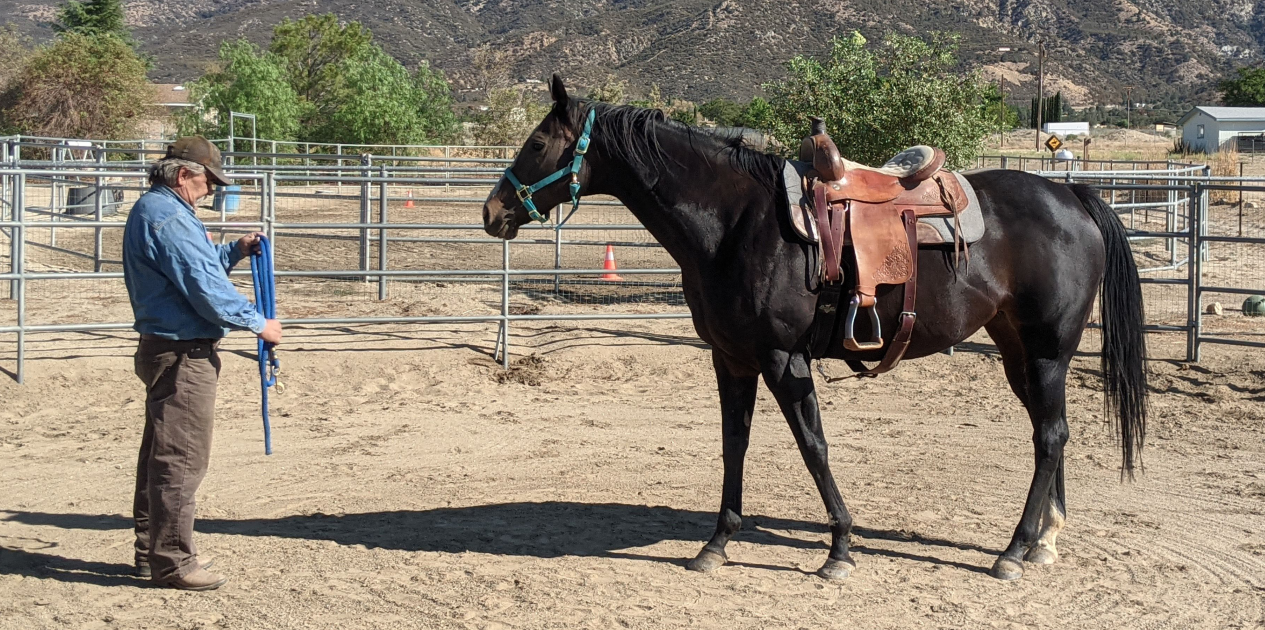The Key Principle of Natural Horsemanship: Communication
Cowboy Strong Horsemanship
Cowboy Strong’s 5 Key Principles of Natural Horsemanship form the foundation of a unique and powerful approach to training and working with horses. These principles – trust, respect, communication, patience, and partnership – are the guiding force behind every interaction and training session between horse and human. Cowboy Strong’s approach emphasizes building a deep, meaningful relationship with your horse, based on mutual understanding and respect. Throughout this series of articles, we will explore each of these principles in depth and provide exercises and techniques to help you develop a stronger partnership with your horse.
Key Principle of Natural Horsemanship: Communication
Communication is a key principle of natural horsemanship. Horses are social animals and rely heavily on communication to interact with each other and their environment. When it comes to horsemanship, effective communication is crucial for building a strong partnership and achieving success. In this article, we will explore the importance of communication and an exercise that can help to improve it.
Effective communication involves much more than just verbal cues. Horses communicate through body language, touch, and other subtle signals. To be an effective communicator, you must learn to read your horse’s body language and respond appropriately. You must also be able to convey your own signals clearly and consistently.
One exercise that can help to improve communication between a horse and rider is the “circle game.” To begin, you will lead your horse in a circle around you, using a lunge line or long reins. As you walk, pay close attention to your horse’s body language. Is he relaxed and responsive, or tense and distracted? Is he looking at you, or off in the distance?
If your horse is tense or distracted, try changing your own body language. Stand tall and relaxed, with your shoulders back and your feet firmly planted on the ground. Use your eyes and your voice to encourage your horse to focus on you.
As your horse becomes more responsive, you can start to introduce more complex signals. Use your body language and voice to ask your horse to change speed or direction. You can also use subtle touches, such as tapping your horse’s shoulder, to communicate more nuanced signals.
The key to this exercise is to be patient and persistent. You may need to repeat the circle game several times before your horse begins to respond more consistently. You should also be aware of your own body language and make sure that you are conveying clear and consistent signals to your horse.
Another important aspect of communication is timing. Horses respond best to signals that are given at the right moment. If you give a cue too late or too early, the horse may become confused or unresponsive. To improve your timing, practice giving cues in a consistent and deliberate manner. Use your voice, your body language, and your touch to communicate your signals clearly and consistently.
Effective communication is a crucial component of natural horsemanship. By learning to read your horse’s body language and responding appropriately, you can build a strong partnership based on trust and communication. The circle game is a valuable tool for improving communication between a horse and rider. By remaining patient, persistent, and aware of your own body language and timing, you can create a deep and lasting bond with your horse based on effective communication.

